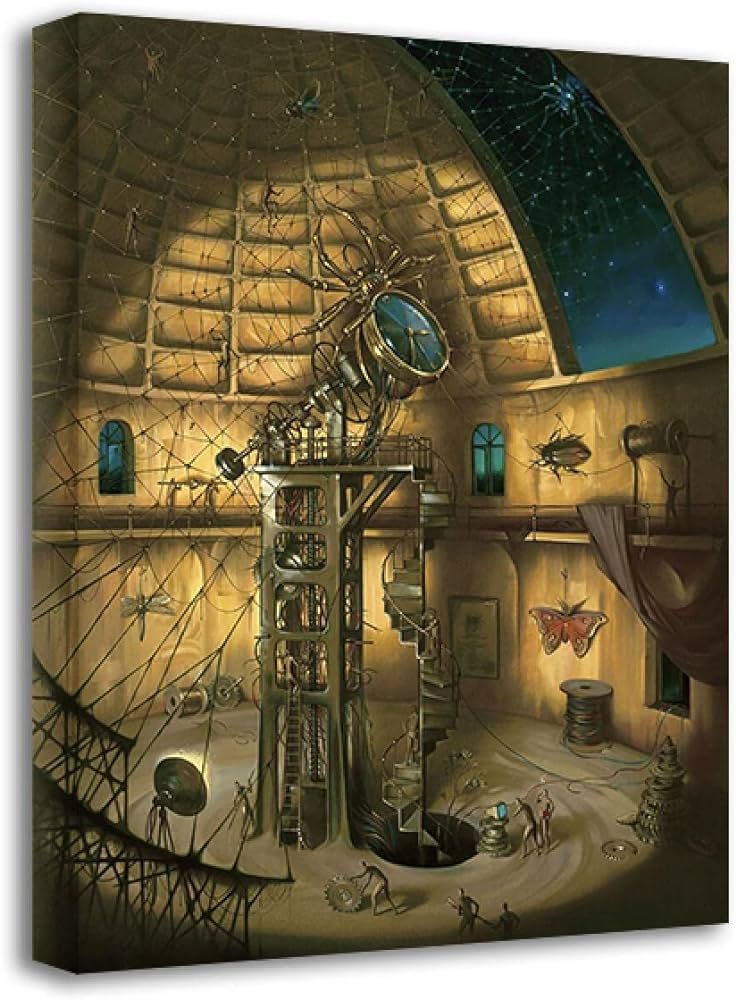
There is a creative instinct inherent in all human beings. Cultivating your creative capacity is deeply fulfilling, however as Jung cautions “There are hardly any exceptions to the rule that a person must pay dearly for the divine gift of the creative fire” (1). Engaging in genuine creativity is to manifest something unique. Rollo May describes the creative process “as representing the highest degree of emotional health, as the expression of the normal people in the act of actualizing themselves”, but warns “if you do not express your own original ideas, if you do not listen to your own being, you will have betrayed yourself.” (2)
Jung wrote that creativeness is “a kind of innate drive that seizes a human being and makes him its instrument.” (3) Imagination as the source of creativity is an embodied world with its own intelligence. John O’Donohue calls the imagination the “most reverent mirror of the inner world” (4). According to Mary Harrell, “the imaginal realm is a subtle world, which exists in a field between matter and mind.” (5) Elaborating on the philosophy of Sufi scholar, Henry Corbin, James Hillman explained the concept of the mundus imaginalis (imaginal realm) as a complex union (coniunctio) between body and spirit, often naturally leading to the activation of synchronicities in the dynamic energetic field.
Engaging with the imaginal realm involves the what Mary Harrell calls the “image-making capacity of soul.” The language of soul is symbol, and symbol shows itself in images or thought-forms—including dream images, fairy tales, myth, poetry and art. Harrell argues that the images of luminal and numinous experiences is a manifestation of soul in a way people can understand, which is obviously filtered through the person’s consciousness at the time. Harrell insists that without image-making capacity, people can’t come to terms with unconscious material nor engage with the spiritual realms.
One can work with these subtle energies of the imaginal realm by engaging in journaling exercises, tracking dreams, and paying attention to synchronicities. Mary Harrell advises that when working with the imaginal, one way to know that you’re not making something up is to tune into the body where a visceral feeling - a deep resonance – will confirm the truth.
Written for @jungsouthernafrica
Image credit: Vladimir Kush “ Webmaster”
References: (1) C. G. Jung (1933) Modern Man in Search of a Soul, p. 196 (2) Rollo May, (1994) The Courage to Create. (3) C. G. Jung (ibid), p. 195 (4) John O’Donohue (1997) Anam Cara (5) Mary Harrel (2015) Imaginal Figures in Everyday Life: Stories from the World Between Matter and Mind
#jung #carljung #jungpsychology #depthpsychology #analyticalpsychology #consciousness #unconscious #archetypes #psyche #innerwork #intrapsychic #creativity #creativeinstinct #creativecapacity #imagination #imaginal #mundusimaginalis #languageofSoul #Soul #capetown #capetownliving #capetownlife #southernafrica